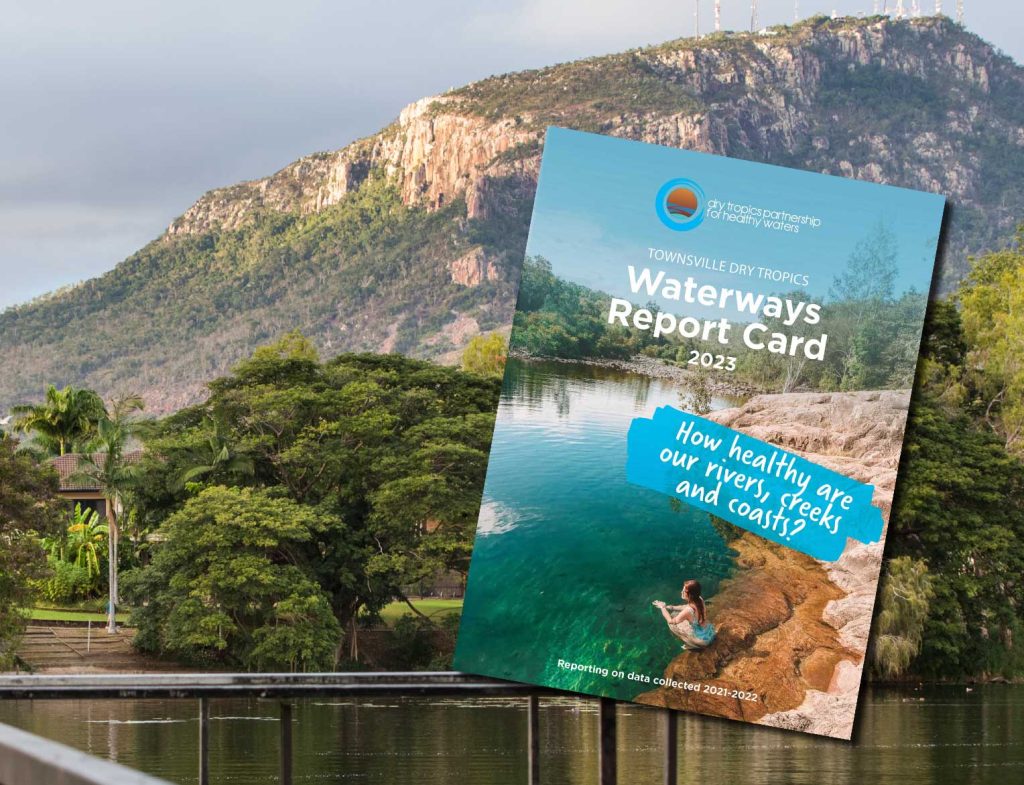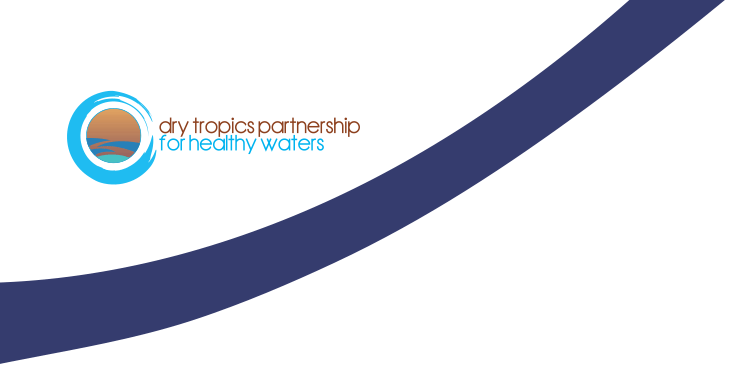Get water wise: Nutrients explained
 Our annual Townsville Dry Tropics Report Card shows which local waterways have excess levels of nutrients.
Our annual Townsville Dry Tropics Report Card shows which local waterways have excess levels of nutrients.
Here, we answer your 5 quick questions about river nutrition:
1. What are ‘nutrients’?
Nutrients are the essential building blocks of life! They are elements or compounds that are critical for maintaining the balance and health of ecosystems. Their availability can influence the abundance and diversity of species within an ecosystem.
“Like in a human body, too much of a particular nutrient can be unhealthy,” says our Executive Officer, Kara-Mae Coulter-Atkins. “Too much potassium, or salt, for example, could be very damaging for the body. A healthy balance of nutrients is key.”
In waterbodies, common nutrients include nitrogen and phosphorus, which are essential for the growth of aquatic plants and animals.
2. Where do nutrients come from?
Nutrients such as nitrogen and phosphorus can come from various natural sources, as well as fertilisers, lawn clippings, and animal droppings from residential areas. They can also come from activities like activities like grazing and farming, wastewater discharge, and industrial processes.
“We can’t identify the exact sources of most nutrients,” explains Kara-Mae, “— because by nature, our rivers and creeks are just the end-point for the runoff from many different sources.”
 3. Why do excess nutrients matter?
3. Why do excess nutrients matter?
If nutrient levels in our rivers, creeks and catchments become excessive, they can lead to the overgrowth of algae and other aquatic plants in a process called ‘blooms’. These blooms can have negative effects on water quality and aquatic ecosystems, resulting in reduced water quality, oxygen depletion, loss of biodiversity, and changes in ecosystem structure and function.
4. Which Townsville or Dry Tropics waterways show levels of excess nutrients?
“Every year since 2018 the Dry Tropics Partnership for Healthy Waters has collected data that shows us which waterways have excess nutrients in them. Raised levels of nutrients in both the Ross and Bohle rivers are seen in our Report Card every year.”
The reasons for increased nutrient levels can be many, Kara says.
“We’re coming to understand that all urban activity on land has a cumulative effect on our rivers and waterways — so waterway health must be a collective problem to solve.”
 5. What can be done to prevent excess nutrients in waterways?
5. What can be done to prevent excess nutrients in waterways?
In our Townsville and Dry Tropics region, the prevention and management of nutrients in our waterways is the responsibility of council, local industry, agriculture, and everyone who lives and operates along our waters.
“Efforts by our partners and the community to improve water quality increase as awareness grows, and the data shows that for the most part, nutrient levels in the Ross and Bohle are improving,” Kara says.
Preventing nutrient pollution requires managing and reducing nutrient sources, such as improving agricultural practices, properly treating wastewater, and managing stormwater runoff.
“We can also build-up the river’s own defences,” Kara adds. “Help the riverbanks be better at stopping and filtering runoff. That’s why river-bank work, tree-planting, and community efforts to improve our waterways is so important.”
“Many of our partners are undertaking proactive efforts to prevent and respond to excess nutrients in our waterways. Our Champions of the Bohle stories, for example, highlight the work already underway in the Bohle basin to improve waterway health and minimise the impacts of nutrient loads.”
“We know there is a lot of energy building in Townsville among groups and businesses who want to see our waterways get stronger and healthier. Our job is to connect these players and join people up for collective impact. It’s an exciting time.”
Want to get involved? Consider joining our partnership here or get cracking with actions at home that can make a real difference to the nutrient issue.



